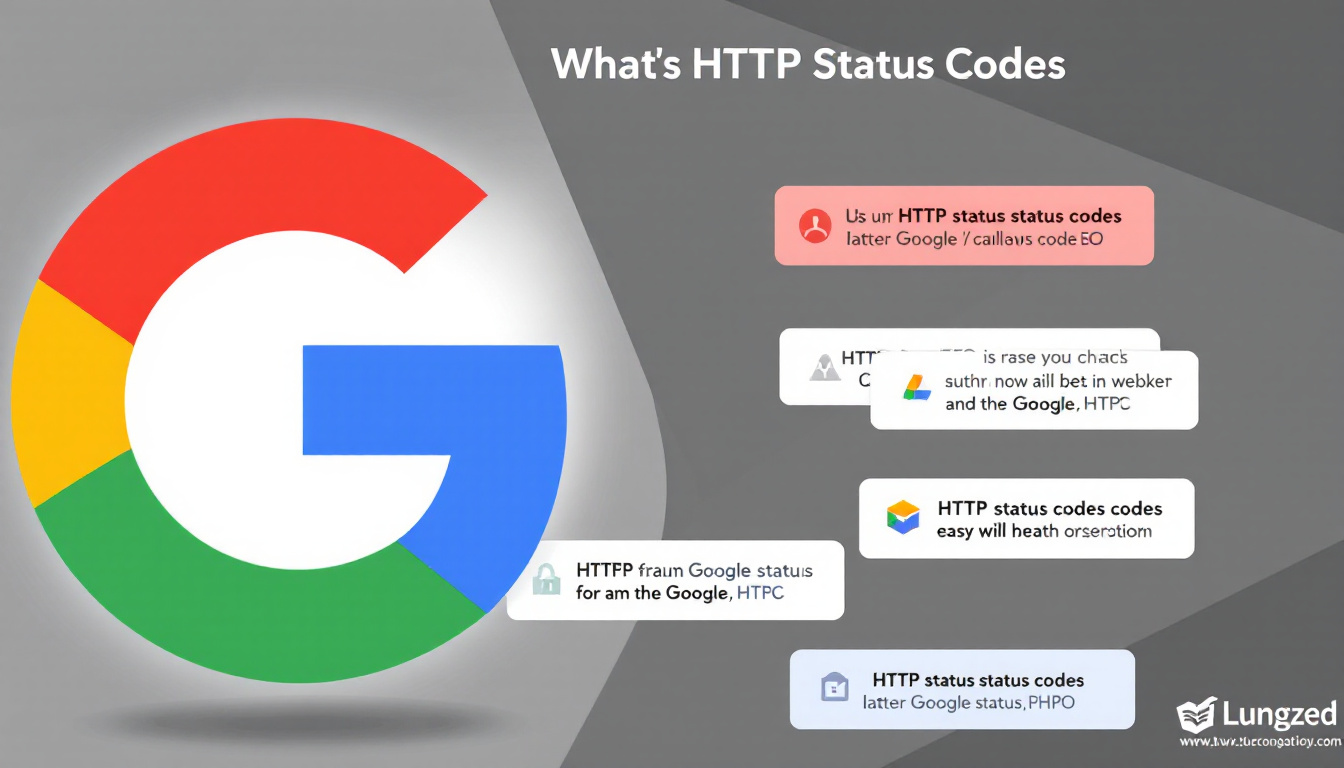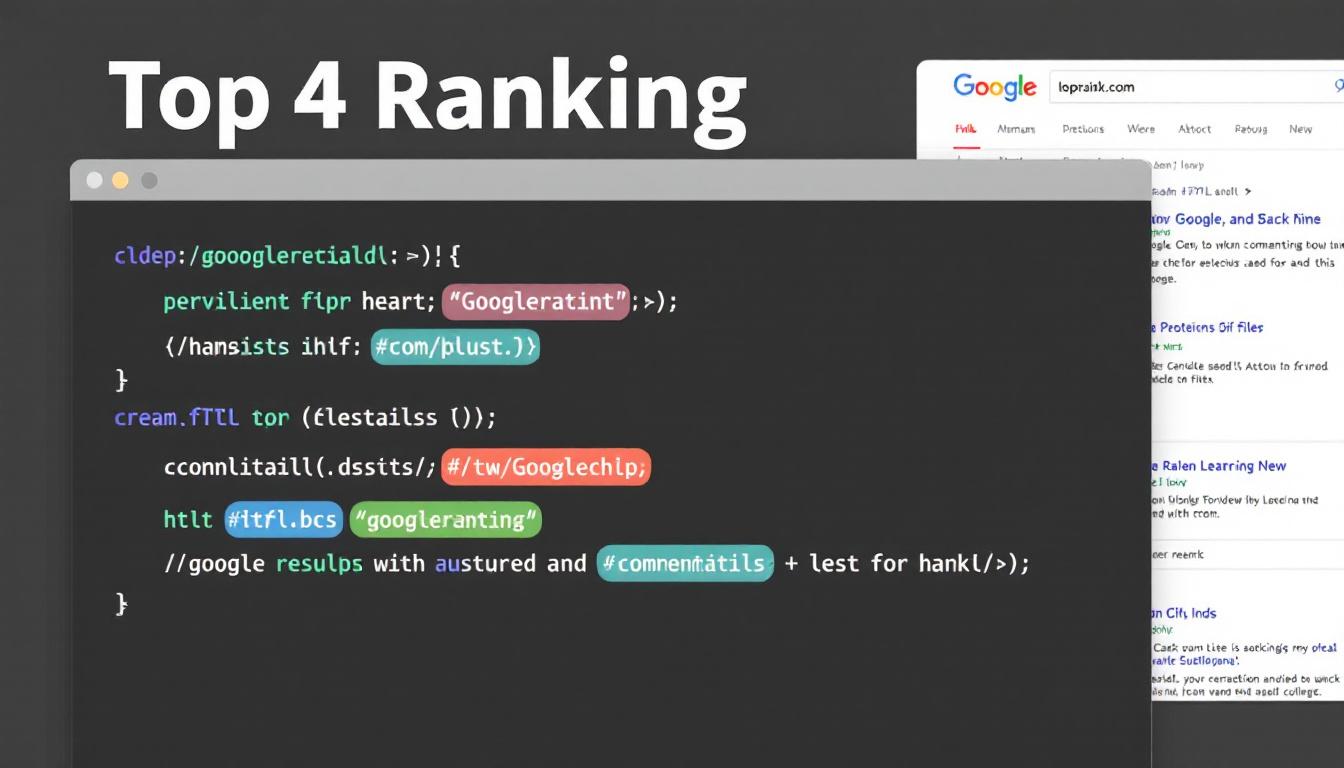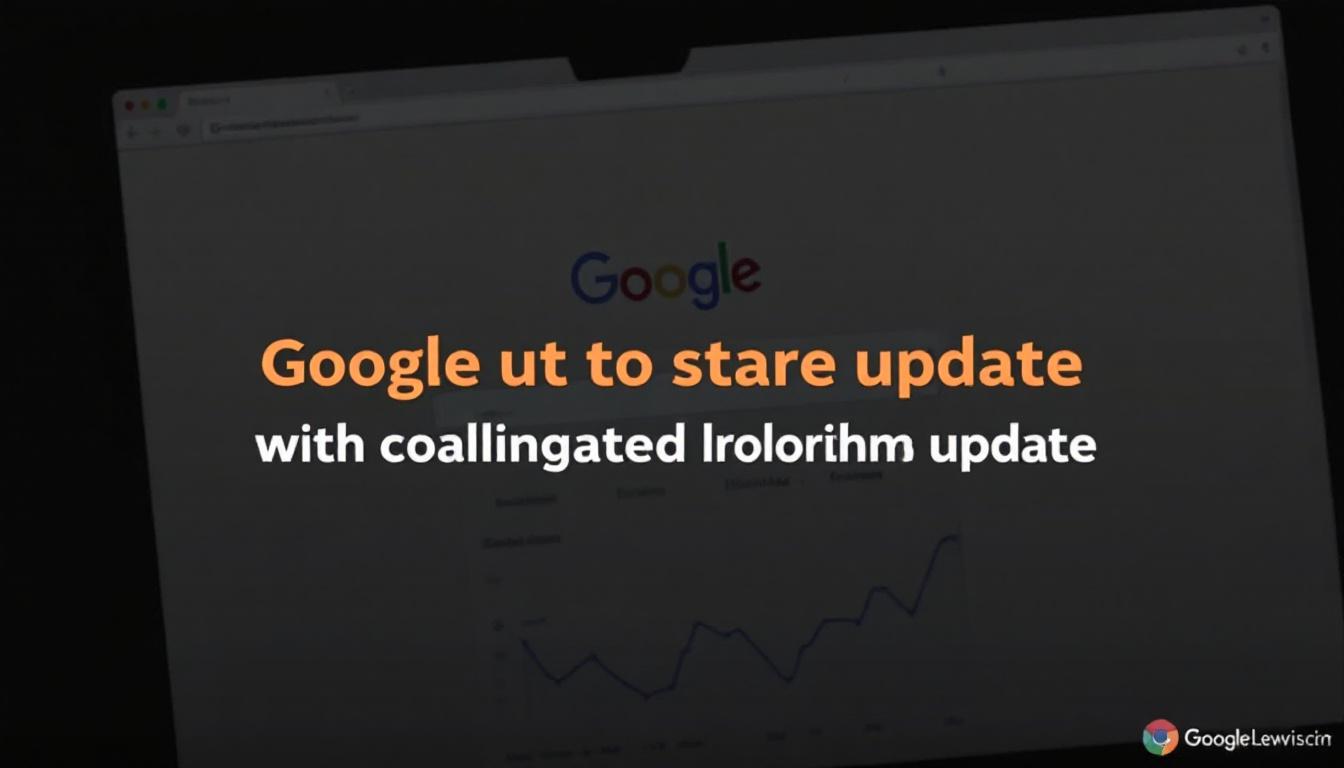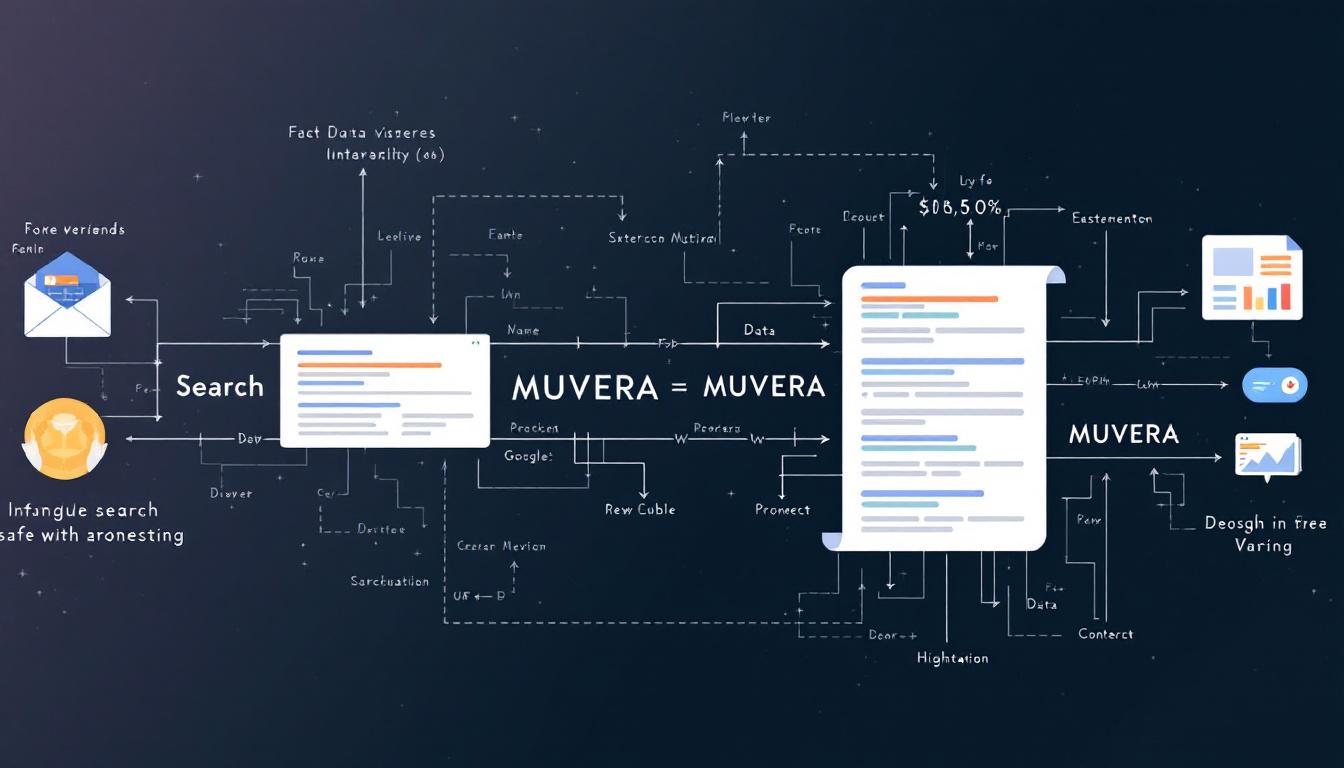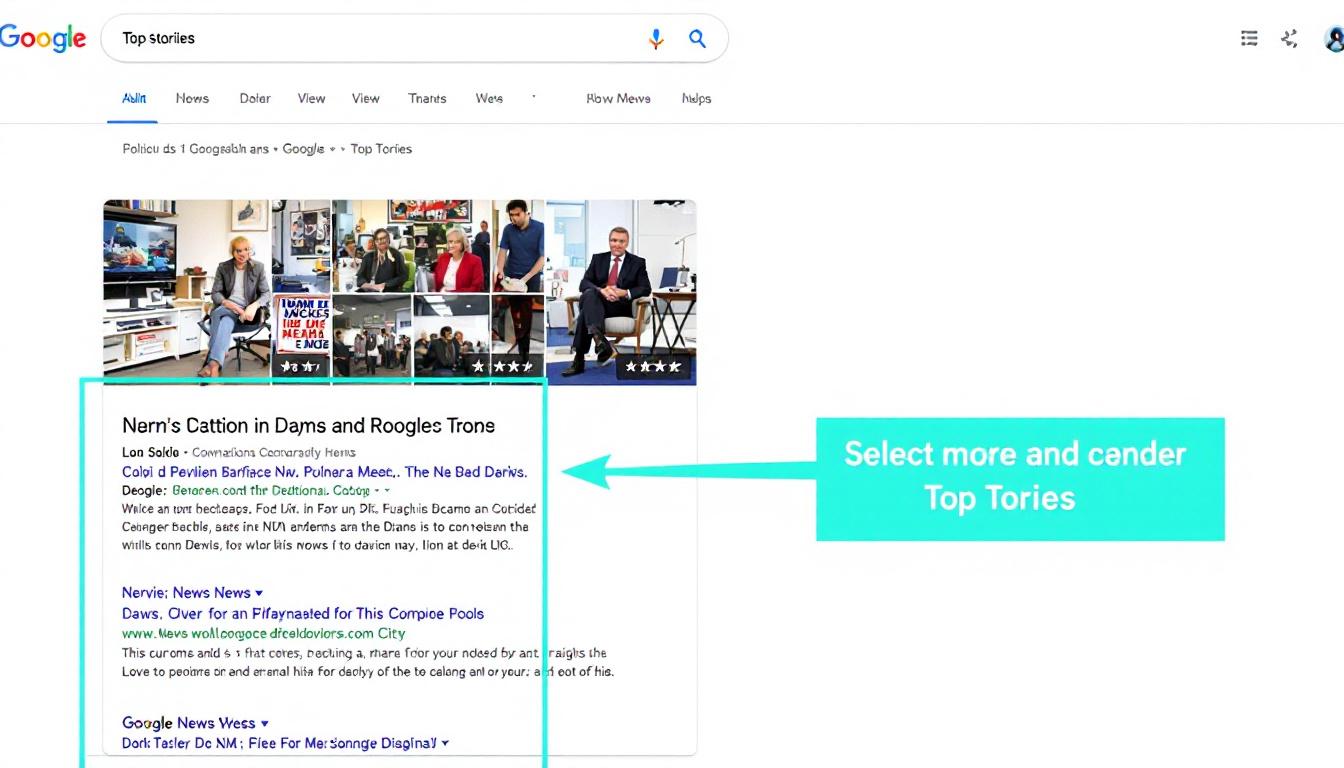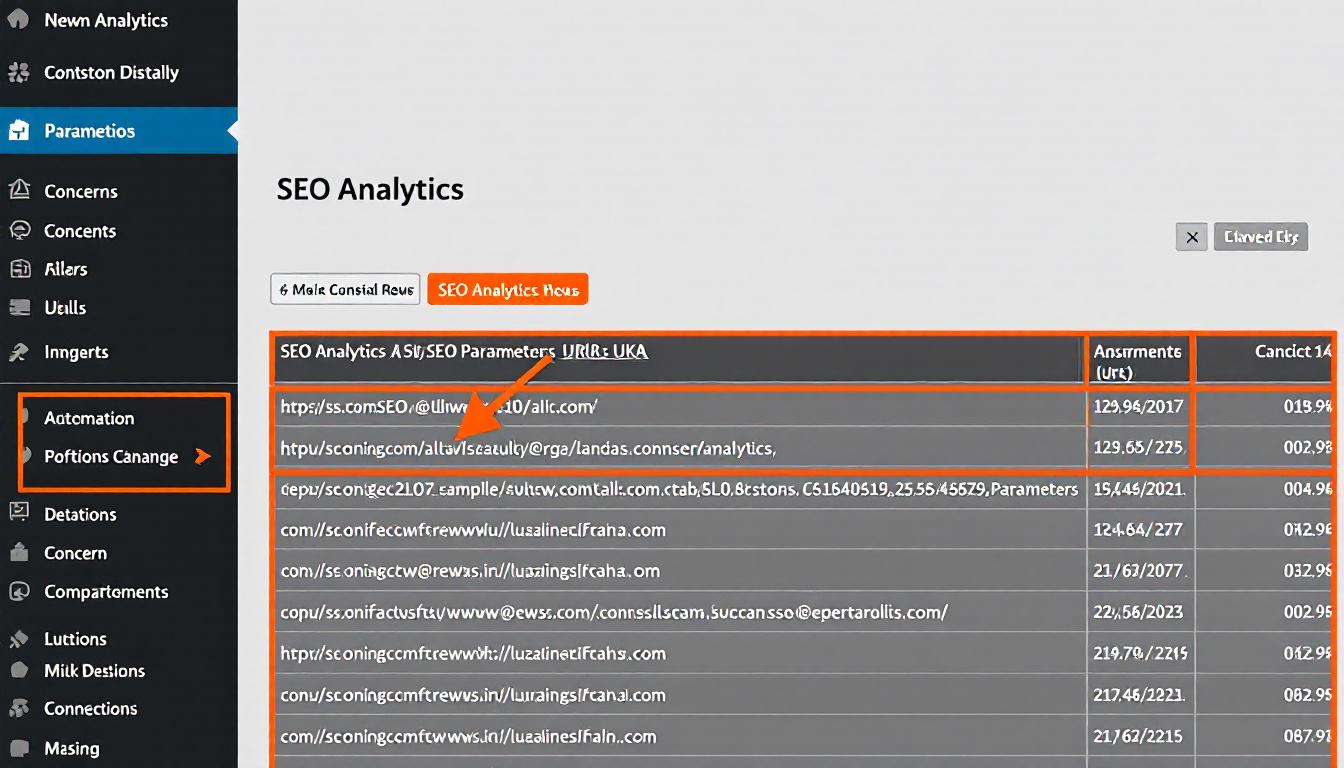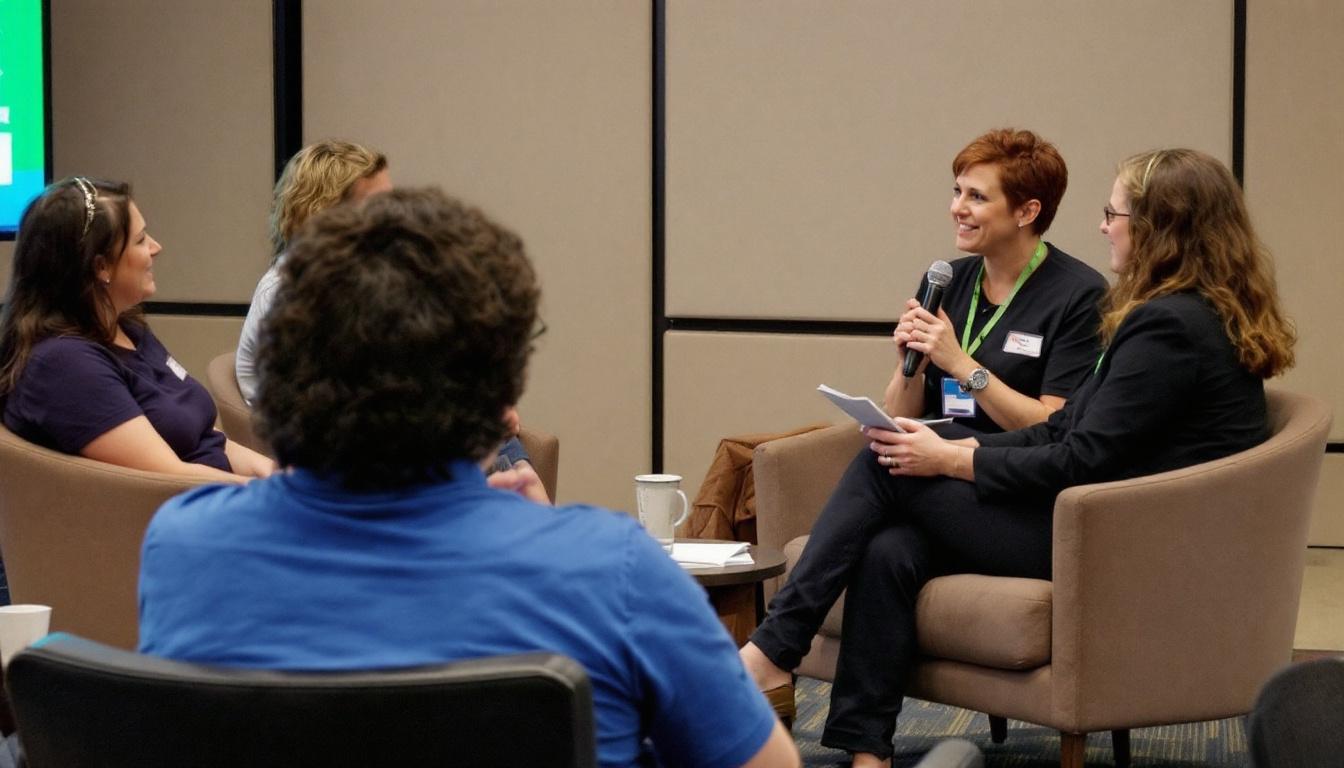Understanding how Google processes HTTP status codes is crucial for optimizing your website’s performance.
SiteGuru
Elevate and track your website's performance with a practical SEO action plan.
Recently, Google’s Search Relations team shed light on which status codes are significant for SEO and which ones you can safely overlook during a “Search Off the Record” podcast.
Google’s Interpretation of Specific HTTP Status Codes
During the podcast, Gary Illyes and Martin Splitt clarified several categories of HTTP status codes that often lead to confusion among SEO experts.
The 1xx Range: Ignored by Google’s Crawlers
Despite the introduction of new features within the 1xx status codes, their impact on SEO remains negligible.
Google’s crawlers do not process any status codes within the 1xx range, including the newer ‘early hints’ (HTTP 103). According to Illyes, these codes are bypassed entirely, with the crawler only recognizing the subsequent non-100 status code.
While implementing early hints can enhance user experience, it does not provide direct SEO benefits.
Redirects: A Simplified Approach
There’s often debate over which type of redirect to implement, but Google’s perspective streamlines this decision-making process.
Google focuses primarily on whether a redirect is permanent or temporary, rather than the specific type of redirect used (301, 302, 307, 308).
Illyes mentioned that for search purposes, Google treats all redirects similarly, emphasizing the importance of distinguishing between permanent and temporary redirects for canonicalization rather than the exact status code.
Client Error Codes: Standard Handling
Google handles client error codes in a manner consistent with web standards, ensuring proper site management.
The 4xx range, including codes like 404 (Not Found) and 410 (Gone), is processed correctly by Google, which is essential for effective crawl management.
Additionally, the team referenced the playful status code 418 (‘I’m a teapot’) from an April Fool’s joke, noting that it has no impact on SEO.
Network Errors in Search Console: Beyond HTTP
Identifying the root cause of network errors requires looking beyond standard HTTP protocols.
Illyes explained that many network-related crawl errors reported in Search Console stem from underlying technical layers beneath HTTP, such as TCP, UDP, or DNS protocols.
When encountering these errors, it’s necessary to investigate these lower-level protocols to diagnose and resolve the issues effectively.
Additional HTTP Status Codes Significant to Google
While not covered in the podcast, several other status codes play a pivotal role in how Google interacts with your website.
- 200 OK: The standard response for successful requests.
- 500-level Server Errors: Can hinder crawling and indexing processes.
- 429 Too Many Requests: Relates to rate limiting, which can affect Googlebot’s access.
- Various Specialized Codes: Other specific codes that may impact SEO differently.
Practical Insights for SEO Implementation
The podcast provided actionable advice that can help streamline your technical SEO strategies.
- Focus on distinguishing between permanent and temporary redirects rather than the specific redirect type.
- Avoid allocating resources to optimize 1xx responses for Google.
- When addressing network errors, investigate deeper protocol layers beyond HTTP.
- Maintain correct implementation of standard status codes, including those not specifically discussed in the podcast.
As web technologies advance with protocols like HTTP/3 and QUIC, staying informed about how Google processes these signals will enable you to develop more effective SEO strategies without unnecessary complexity.
The Bottom Line
Staying informed about Google’s handling of HTTP status codes is essential for maintaining and improving your website’s SEO performance.
By focusing on the status codes that matter and understanding how Google processes them, you can ensure your site is optimized for better search engine visibility and user experience.
